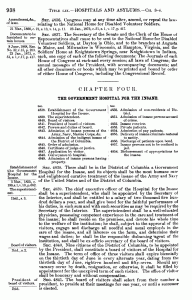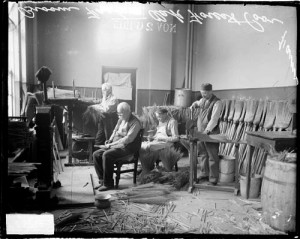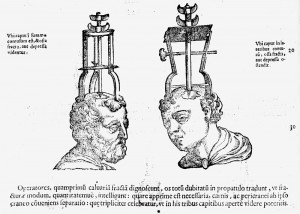After Dorothea Dix visited a jail in 1841 and discovered the appalling conditions that mentally ill people suffered there, she began to gather information to present to legislators. She visited every jail and poorhouse in Massachusetts (her home state) and compiled a graphic report. Dix described a woman who was tearing her skin off, bit by bit, with no one to stop her. She had seen a man confined to an outbuilding (presumably at a hospital) next to the “dead room” so that he saw only corpses. Others she had seen were locked into rooms without heat, daylight or fresh air.
She was immediately called a liar, but newspapers reprinted excerpts of her report. She persuaded a group of men to take up her cause, and they were able to persuade the legislature to appropriate more money for the state hospital for the insane.
During her lifetime, Dix played a direct role in founding 32 mental hospitals. One in particular, the Government Hospital for the Insane, (later named St. Elizabeths) provided “the most humane care and enlightened curative treatment of the insane of the Army, Navy, and the District of Columbia.”
One of St. Elizabeths’ doctors became superintendent of the Canton Asylum for Insane Indians.
________________________________________________________





